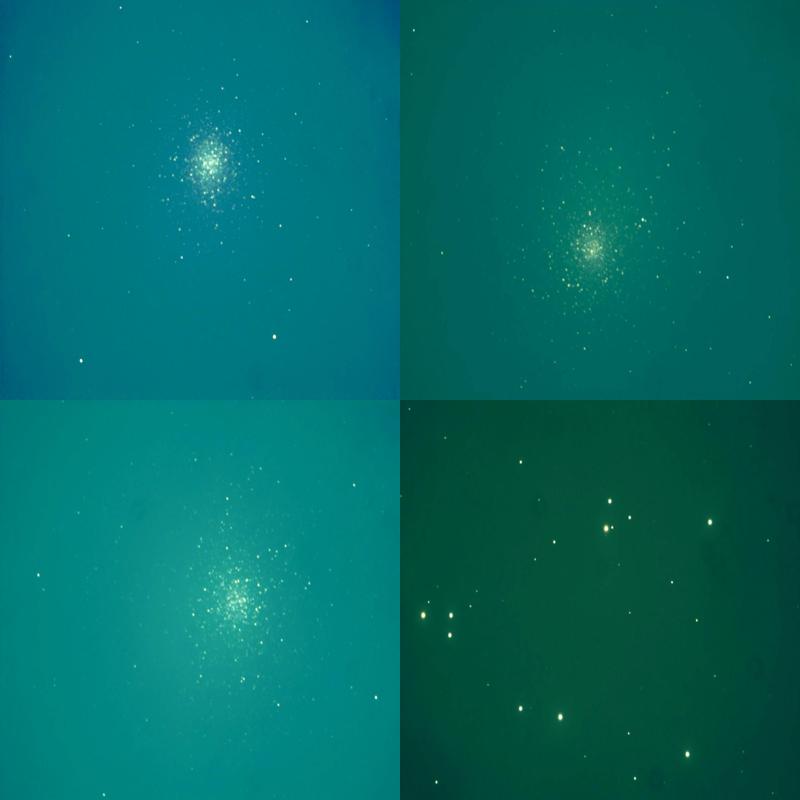
On May 7th, 2025, I captured four of the most iconic star clusters visible in the night sky from El Camino College. These include three ancient globular clusters—M3, M5, and M13—and the much closer open cluster, M44 (also known as the Beehive Cluster). Each object tells a different story about the formation and structure of our Milky Way galaxy.
📷 Cluster Comparison Image
From the densely packed, spherical cores of globular clusters to the open, scattered stars of M44, these captures highlight the diversity of deep-sky objects.
🧭 Cluster Properties
| Cluster | Type | Distance (light-years) | Apparent Magnitude | RA / Dec |
|---|---|---|---|---|
| M3 | Globular | ~33,900 | 6.2 | 13h 42m / +28° |
| M5 | Globular | ~24,500 | 5.7 | 15h 18m / +02° |
| M13 | Globular | ~22,200 | 5.8 | 16h 41m / +36° |
| M44 (Beehive) | Open | ~577 | 3.7 | 8h 40m / +19° |
✨ Closing Thoughts
It’s remarkable to witness such celestial diversity in a single observing session. M3, M5, and M13 show the beauty of ancient star systems gravitationally bound over billions of years, while M44 sparkles with youthful energy much closer to home. All four serve as a reminder of the vast timeline and structure of our galaxy.
All images were captured using a telescope at El Camino College, and post-processed to remove color cast and enhance contrast for educational comparison.